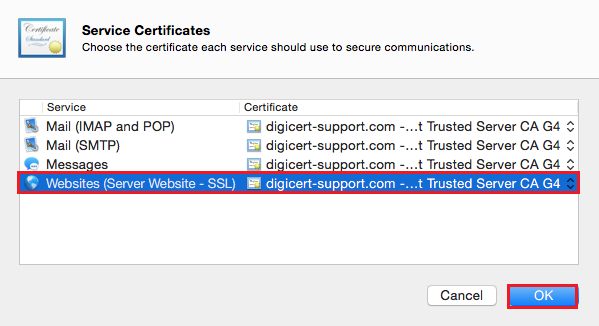

Single Outcome Nodes: A single outcome node simply provides processing logic.

The exit can either be boolean or a string. The decision process will result in an exit. Decision Nodes: A decision node is used to analyze information presented either directly from previous nodes or via analysis of data held in the shared state.A typical example could be a username collector, which provides a single text based callback. Collector Nodes: A collector node provides a callback mechanism where input is collected.Nodes can be broken down into different types: 5 release will include new nodes and improvements to existing nodes. Node typesĪM ships with out of the box nodes. The shared state is easily accessible via getters or setters, and is used to pass information between nodes in the tree. This could include things like username for example a mandatory element needed to create a session. The tree canvas provides a “shared state” which allows nodes to store and retrieve arbitrary information. One entry point, one exit point, no traversal.See About Authentication Trees for further information. Nodes are not comparable to authentication modules they are more cohesive and allow for looser coupling. This article covers the following topics:Ī tree contains numerous points of logic called nodes. Trees use the existing callback and endpoint integration approaches. OverviewĪuthentication trees will replace authentication chains, and provide user and device-based login services. The purpose of this article is to provide some basic concepts that can be used to assist in migrating authentication chains to equivalent functionality in authentication trees. Best practice for migrating Authentication Chains to Trees in AM 6.x


 0 kommentar(er)
0 kommentar(er)
